
Roseola rash is a problem that is common among the young children and it is associated with a viral infection. The roseola rash causes problems such as body rash and high fever. Two viruses can cause this problem and they are human herpesvirus 7, or HHV-7, and human herpesvirus 6, or HHV-6. The problem usually attacks children aged from six to twenty-four months, but it can also attack adults and preteens. The problems that this condition causes are not great and serious, and they include fever, which goes away after a week, and a mild respiratory infection. The problem causes pinkish or red rash, raised or flat, over the whole body, which emerges once the fever subsides. This rash firstly appears on the abdominal area and then expands to the other body regions, such as thighs, neck, face, back and others. The rash can turn white if it is pressed with a finger, and there can also be white rings surrounding the rash.
Symptoms
Swelling of the lymph nodes, lethargy, vomiting, swelling of the eyelids, children irritability, appetite loss, sore throat, diarrhea and fever that subsides after two days are the most common problems associated with roseola rash. It is also important to know that this problem can be transferred to other people via the throat and nose fluids that carry the infection. High fever is a factor that determines if the rash is contagious since contagious roseola rash is the one that causes high fever. Febrile seizures are even possible, which are face, legs and arms jerking and twitching and which can be accompanied by the loss of bladder control and unconsciousness. But they are very harmless although they might appear menacing. This problem can cause some brain damage but this occurs extremely rare. The symptoms usually appear up to ten days after the exposure to the virus. In order to avoid having this problem, keep the children away from the infection. This is the only way the problem may be avoided because there is no vaccine available.
Treatment
There is no specific treatment for this problem. The fever will go away on its own and the problem will be eliminated naturally on its own. Antibiotics cannot treat this problem due to the presence of virus, but there are some other ways of relieving the problems associated with roseola rash. You can use a sponge or a towel in order to apply cold compress. You have to avoid dehydration and for this, you should use electrolytes. The fever needs two days and it should recede, but if it doesn't, you should call a doctor. While the child is having this problem, make this period comfortable and give him/her lots of water. You can use ibuprofen. In order to avoid mistaking the roseola rash with similar problems such as rubella and measles, urine culture and blood tests can be done. Weaker immune system makes the body more vulnerable to this problem.





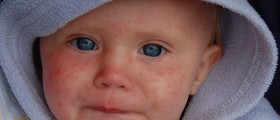
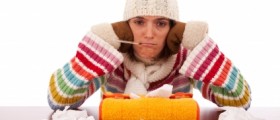
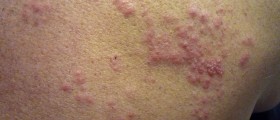



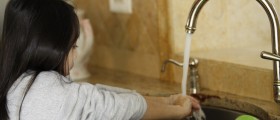

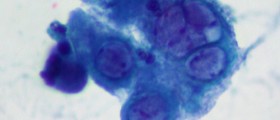
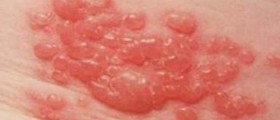
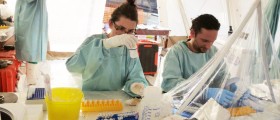
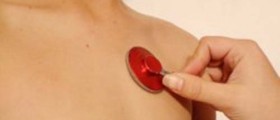
Your thoughts on this
Loading...